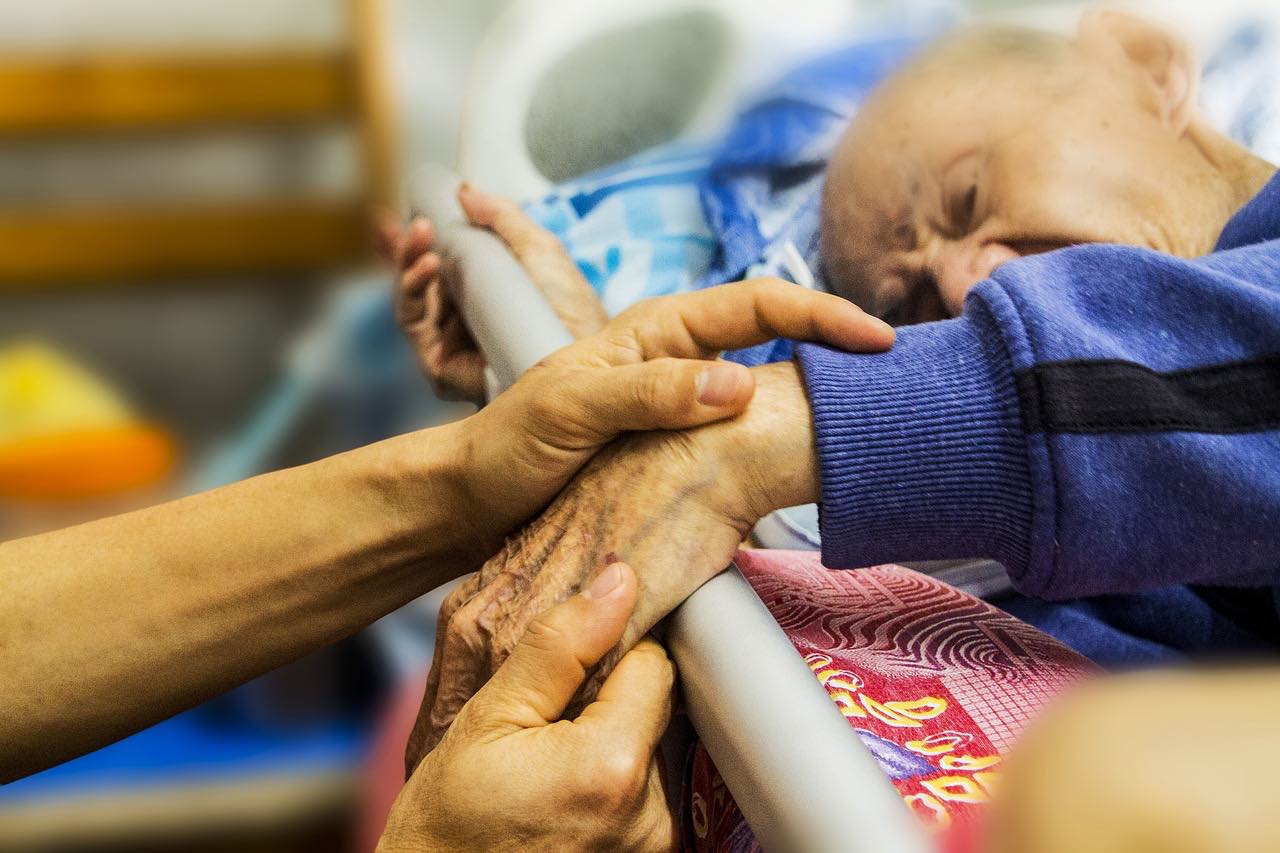Singapore is a city that is changing quickly and has a lot of older people. Live-in nannies are very important for helping the elderly and disabled and being there for them. As the need for these kinds of services grows, it becomes more and more important to understand the details and importance of this job. Let’s look into the lives of live-in nannies in Singapore and talk about their duties, difficulties, and how they affect the people they help.
Living-in caregivers: what they do and why
Many Singaporeans who need help with daily tasks because they are sick, old, or disabled depend on live-in workers for their survival. In addition to providing physical care, they also provide emotional support, companionship, and make sure the general health and safety of the people they are responsible for. Whether they’re making meals, giving medications, or helping people move around, these hardworking workers give the people they care for a sense of security and comfort.
How to Handle Your Responsibilities with Kindness
There are many things that live-in caregivers need to do, and they need to be able to combine real skills with empathy. Their tasks are tailored to meet the needs and preferences of each person, ranging from helping with personal hygiene routines to doing fun things. In addition, they often act as go-betweens for patients, healthcare workers, and family members, making it easier for everyone to talk to each other and coordinate care plans. For instance, a caregiver might consider buying a bottle with a pump thickener, for dysphagia patients to ensure seamless continuity of care.
Challenges and Prizes
Being a live in caregiver is very satisfying, but it can also be hard at times. It can be hard for them to deal with long hours, physical stress, and seeing their clients get worse. Additionally, juggling work obligations with personal life can be hard, especially for people who live with their clients all the time. But the satisfaction that comes from making a difference in someone’s life often outweighs these problems. The grateful words from clients and their families are a powerful reminder of how important their work is.
Training and growth as a professional
In Singapore, live-in caregivers go through a lot of training to make sure they have the skills and information they need to do their jobs well. Training programs teach a lot of different things, like how to give basic care, what to do in an emergency, and how to talk to people. Caregivers can also take advantage of ongoing professional development chances to improve their skills and learn about the latest best practices in the field. Not only is learning new things all the time encouraged, it’s also necessary to give good care that adapts to clients’ changing wants.
Diverse and sensitive to culture
Singapore is a mix of many cultures, and live-in caregivers have to be sensitive to people with different views and backgrounds. To provide culturally competent care, it is important to understand regional nuances, dietary preferences, and religious practices. Caregivers can connect with their clients in a meaningful way, even if they don’t speak the same language or are from the same culture, by creating an environment of respect and acceptance.
The State of the Economy
With Singapore’s population getting older, there will likely be a greater need for live-in nannies. Because of this, the job offers good job chances for people looking for work in the healthcare sector. Additionally, the Singaporean government has created a number of programs to help caregivers, such as financial aid and training program subsidies. These steps show how important nurses are to the health care system in the United States.
Choosing to show compassion in care
In conclusion, live-in nannies in Singapore are the very definition of compassionate care. They make the lives of the people they care for better by being dedicated and understanding all the time. They may have hard jobs, but the difference they make in the lives of their clients is immeasurable. Singapore shows its dedication to creating a society that values and prioritizes the well-being of its elderly and vulnerable people by recognizing the importance of live-in guardians and giving them the support and resources they need.







